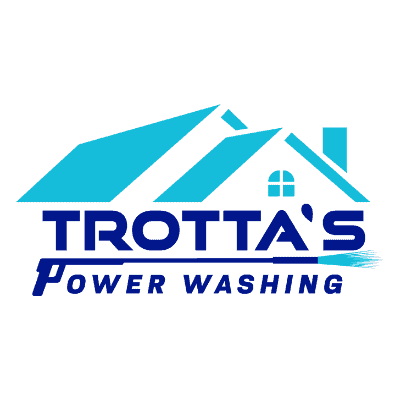The material you select for your home’s exterior can affect the overall look and curb appeal of your home. Plus, different materials need to be cared for in different ways. If the exterior of your home is starting to look dull and dirty, cleaning it can help to brighten it up. Learning how to properly clean the exterior of your home is important, as you can damage your siding or exterior materials by using the wrong detergents, tools or techniques.
Tips for Cleaning Residential Exteriors
Different types of home exteriors need to be cleaned in different ways. Learning the best way to clean your home’s exterior can help to ensure you do not damage the exterior material while cleaning it, while also ensuring that the exterior of your home is as clean as possible.
We’ve put together a quick guide to some of the most common types of home exterior materials and information about the best way to clean them.
Wood
Wood has long been a common material used on the exterior of houses. It is a natural material that can be stained or painted different colors to transform the appearance of your home. Wood collects dirt, dust, pollen, and pollutants over time. They can stick to the surface of the wood, making it look dull and old. Wood can also change colors as it is exposed to sunlight and weather elements. Algae and mildew can also grow on wood, which gives it a dark, grimy appearance and can cause damage.
If you are looking to clean a wood surface, a process called a soft wash is the best method. A soft wash utilizes a low-pressure nozzle on the end of a pressure-washing gun. Soft washing is not as hard on a wood surface as pressure washing or power washing. This is important it can peel paint off of the wood itself can become damaged by too much pressure. Use a specialized wood cleanser during the soft wash process for the best results.
Learn more about Residential Wood Restoration.
Vinyl
Vinyl siding is one of the most common materials for home exteriors. Vinyl siding is easy to care for and able to withstand tough weather elements and conditions. Vinyl siding can become grimy due to dirt, dust, pollen, spider webs, lawn chemicals and bird droppings, just to name a few things.
In order to clean vinyl siding, it is important to read the manufacturer’s instructions. Some manufacturers recommended soft washing vinyl siding, while others state that pressure washing their vinyl siding product is effective. Most people use the terms pressure washing and power washing interchangeably, but cold water is used when pressure washing and hot water is used when power washing. Cold water is recommended when cleaning vinyl siding.
Brick
Brick can be used as a decorative element on one portion of a home or can be used to side the entire exterior. Brick is long-lasting and durable, making it a great option for someone who lives in an area with strong winds or extreme weather. Brick can become faded or dirty as it sits outside and is exposed to elements, such as dirt, sunlight and moisture. When brick begins to look faded or aged, it should be cleaned.
Before cleaning brick siding, carefully examine the condition of the material. If the bricks or the mortar between the bricks is chipped, cracked, broken or flaking away, it’s best to be gentle. You will want to clean it by hand only. Because damaged siding can leave your home at greater risk for water damage, mold and termites, you should call a professional to repair the area. If your brick is in good condition and not damaged, power washing is the best way to remove debris and residue from a brick exterior.
Fiber Cement
Fiber cement siding is a durable siding material that is gaining in popularity with homeowners. It looks great, is low-maintenance and has a long lifespan. Like other home exterior materials, fiber cement can get dirty with time and exposure to weather elements.
The best way to clean fiber cement siding is by soft washing it. Power washing or pressure washing can be too harsh for fiber cement siding. The higher pressure can damage the siding, leading to cracks and a shorter lifespan. Soft washing provides just enough pressure to remove caked on dirt and debris, without causing any damage to your siding.
Learn What to Consider Before Pressure Washing Your Roof and how to Avoid the Most Common Challenges to Power Washing Aluminum Siding.
Keep Your Home Looking Great
Trotta’s Power Washing can help you maintain your property through every season. We provide a wide range of residential services, including pressure washing, concrete cleaning and sealing, and interior/exterior painting. Contact Trotta’s at (330) 940-3705 or request a free quote.




